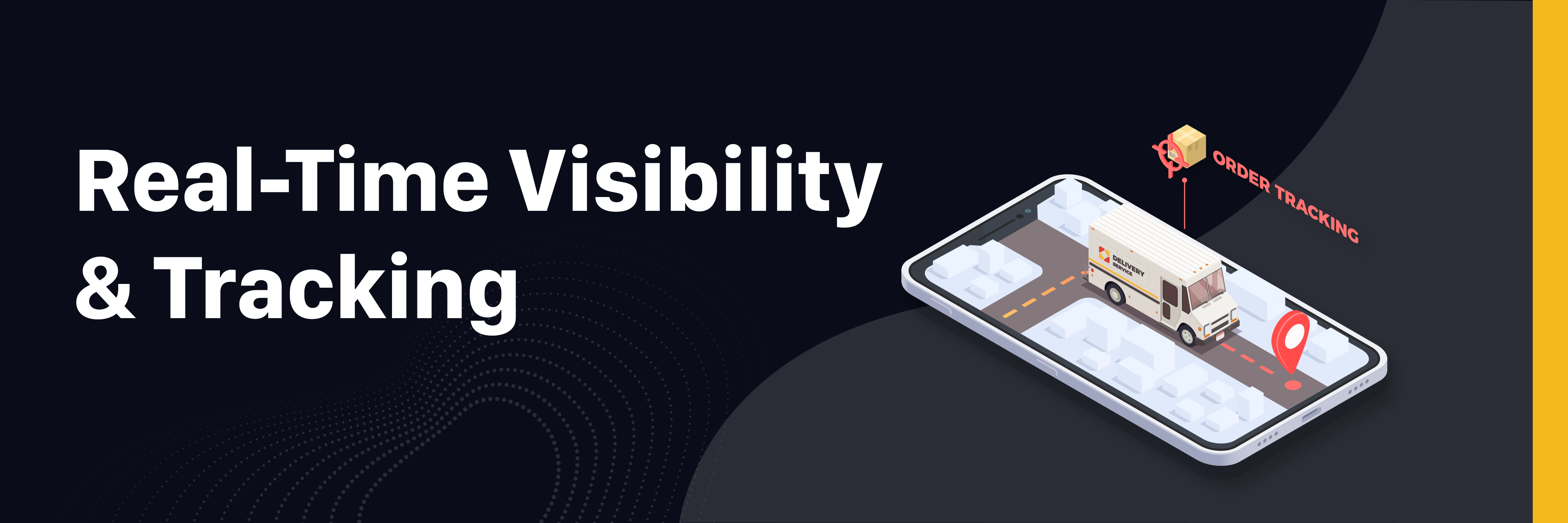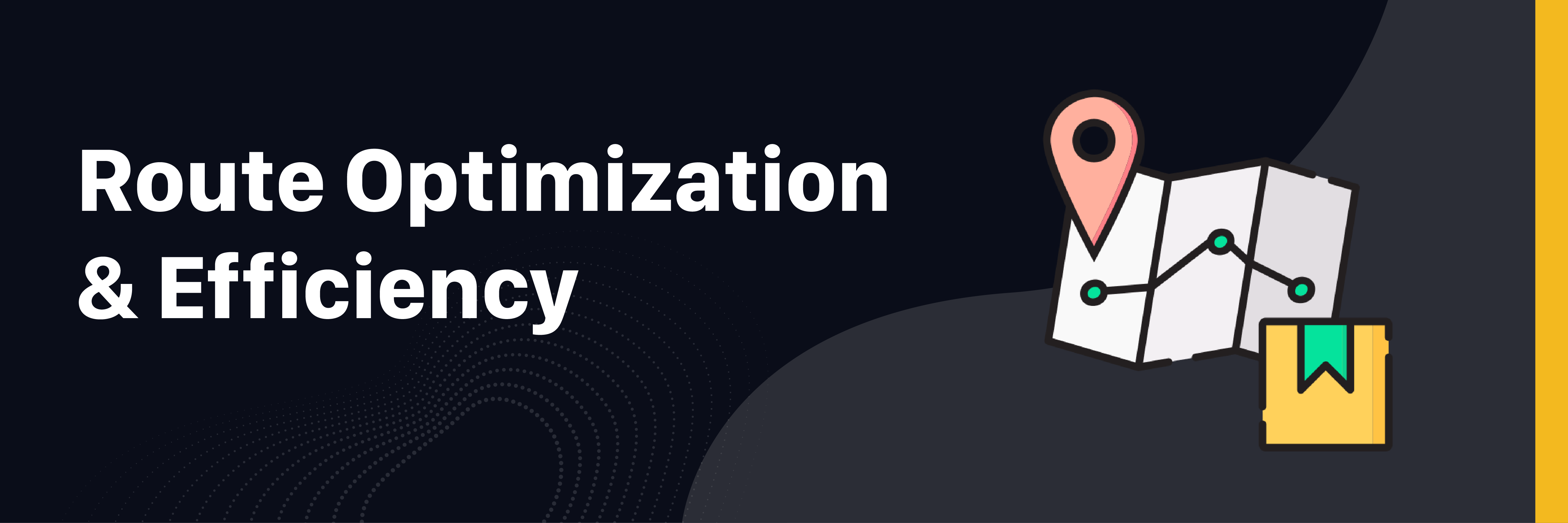The landscape of fleet management has been reshaped by the emergence of telematics solutions. Despite facing setbacks due to infrastructure limitations and subdued consumer demand in the past, recent technological advancements and the need for seamless connectivity have propelled telematics back into the forefront.
Consumer demands have changed which necessitate the development of agile solutions that accelerate processes to yield swift results. Among these groundbreaking solutions, telematics has emerged as a linchpin in revolutionizing operational domains.
Telematics serves as the conduit that orchestrates the fusion of telecommunications, vehicular technology, and data processing. The symbiotic amalgamation of telecommunications and informatics spawns a robust network, enabling remote management of vehicular movements.
But that’s not all; there are more ways in which telematics is impacting automotive fleet management.
This post delves into the transformative potential of telematics, emphasizing on how the convergence of data and information ushers in a digitized, intuitive solution tailored to address and simplify the solutions to some of the core problems of fleet operators.
Telematics – A Quick Introduction
Basically, telematics can be defined as the integration of telecommunications and informatics technologies to transmit, receive, and store data over long distances.
In the context of automotive fleet management, telematics involves the use of a combination of technologies mainly GPS (Global Positioning System), sensors, communication devices, and evolving software systems to gather, analyze, and communicate information about vehicles in a fleet.
The collected data is then used to generate reports and insights that can be used to improve fleet operations. But telematics has a more profound impact on fleet management. Let’s see how.
Ways in Which Telematics is Changing Fleet Management
– Real-Time Visibility and Tracking
One of the biggest perks of telematics lies in its ability to provide real-time tracking and visibility into the whereabouts of each vehicle within a fleet. Fleet managers can monitor vehicle locations, routes, and speeds with pinpoint accuracy.

This real-time data enables proactive decision-making, allowing managers to address unexpected issues, and make dynamic adjustments to meet customer demands efficiently.
Route Optimization and Efficiency

Another significant impact of telematics is the optimization of routes and the improvisation of overall operational efficiency. Telematics systems gather data on traffic conditions, road closures, and other variables affecting routes.
By analyzing this information, fleet managers can chart the most efficient paths for vehicles, reducing travel times and fuel consumption. This not only saves costs but also enhances customer satisfaction by ensuring timely deliveries.
Driver Behavior Monitoring
Telematics technology extends its influence to driver behavior monitoring and contributes to enhanced safety on the roads. Sensors and GPS trackers gather data on driving habits such as speeding, harsh braking, and rapid acceleration.

Fleet managers can then use this data to identify risky driving behaviors and implement targeted training programs. This not only reduces the likelihood of accidents but also promotes a culture of responsible driving, safeguarding both drivers and vehicles.
Additionally, it also helps fleet managers identify good and responsible drivers and retain them.
Proactive Maintenance Practices
Yet another profound impact that telematics had on fleet maintenance is shifting the paradigm from reactive to proactive maintenance practices.

By continuously monitoring vehicle health, telematics systems can detect anomalies, notify fleet managers of potential issues, and predict when maintenance is due based on actual usage and conditions.
This approach minimizes downtime, optimizes maintenance scheduling, and extends the lifespan of fleet assets. It also proves effective in the prevention of accidents due to any damage.
Fuel Efficiency and Cost Savings
The influence of telematics on fuel management cannot be overstated. With insights into fuel consumption patterns, idling times, and driving behaviors, fleet managers can identify inefficiencies and implement strategies to reduce fuel costs.

By promoting fuel-efficient driving practices, and reducing idle time, telematics contributes to substantial cost savings while minimizing the environmental footprint of fleet operations.
Regulatory Compliance and Accountability
Telematics plays a pivotal role in ensuring regulatory compliance and accountability for fleet operators. For commercial drivers, adherence to HOS (hours of service) regulations is essential.

With telematics, fleet managers can get accurate records of driving hours and rest periods, helping fleet managers avoid violations and associated penalties. This digital recordkeeping not only streamlines compliance but also fosters a culture of transparency and accountability within the organization.
Data-Driven Decision Making

In today’s highly digitized world, data is everything. For companies that rely heavily on logistics, telematics provides a goldmine of data. The data generated by telematics systems can be analyzed to uncover trends, patterns, and performance metrics.
Fleet managers can make informed decisions based on this data, optimizing resource allocation, enhancing operational efficiency, and responding swiftly to emerging challenges.
Optimized Asset Utilization

Telematics helps fleet managers in the optimization of asset utilization. Through comprehensive data analysis, managers can identify underutilized vehicles and make informed decisions about fleet size and composition.
This optimization not only reduces operational costs but also contributes to a more sustainable and resource-efficient fleet.
Increased Customer Satisfaction

Telematics has a direct impact on customer service as it helps in providing accurate and timely information to clients. Real-time tracking and predictive arrival times enable fleet operators to offer customers precise delivery information.
This not only increases customer satisfaction but also builds trust and loyalty, setting a fleet apart in a competitive market.
Final Thoughts
Telematics technology has ushered in a new era of automotive fleet management, transforming the way vehicles are monitored, managed, and optimized. Through the strategic deployment of technology-driven innovations, telematics empowers businesses engaged in fleet management.
With real-time tracking, route optimization, driver behavior monitoring, and proactive maintenance, telematics offers a comprehensive suite of tools that enhance operational efficiency, safety, and cost-effectiveness. In essence, it’s a powerful tool that can help fleet managers improve the efficiency, safety, and profitability of their fleets.
As the cost of telematics systems continues to decline and its landscape continues to evolve, its impacts on fleet management are poised to grow even more profound, shaping the future of transportation and logistics. Fleet operators embracing telematics are positioned to lead the industry into a digitized and data-driven future.
